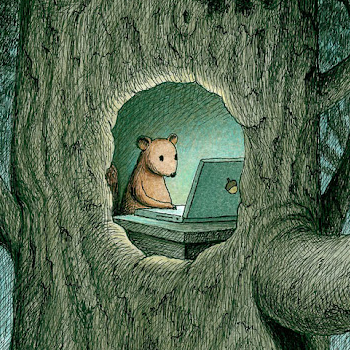What do scientists learn about fossils by using carbon-14?
1 Answer
Carbon-14 is used to estimate the age of fossils.
Explanation:
Carbon-14 has a half-life of only about 5700 years, but it is continually regenerated by the action of cosmic rays in our upper atmosphere so it is always present in trace amounts.
The carbon-14 cycles down to the surface of the Earth relatively quickly, then organisms ingest it along with other carbon. The balance between ingesting fresh material with the radioactive decay of carbon-14 keeps the carbon-14 concentration at a more or less steady value.
But when the organism dies (or when part of the organic material is cut away, as in picking an apple from a tree), no more material comes in and the carbon-14 concentration in the organic matter decreases with radioactive decay.
Scientists can then measure the decrease in carbon-14 an organism has experienced. If the organic matter is observed to have half the expected steady-state value of carbon-14, then (we estimate) one half-life (about 5700 years) has passed since the organism was alive. If one-eighth (1/2 times 1/2 times 1/2) of the steady-state value is found, then three half-lives or about 17,000 years have elapsed.

Carbon-14 or radiocarbon dating, as the technique is called, is accurate up to 50,000 years, or with special sample preparation methods the range can be extended up to 75,000 years.
For more details on this method, see https://en.wikipedia.org/wiki/Radiocarbon_dating.


